Leeds-based Ginetta has reaffirmed its commitment to producing its 200mph, Ferrari-priced supercar, which is still in development alongside the upcoming G56 GT Academy and GT4 race cars.
The Ginetta Akula was first revealed in 2019 and details have been thin on the ground since then. In a statement sent to Autocar, Ginetta said it will continue to pursue production for the model, having been through “an uncertain period of time”.
The statement also said: “Our focus has shifted through the pandemic to focus on developing our new G56 GT Academy car and new GT4 car. The Akula has remained in development since the initial concept was launched a few years back.
“It has been an uncertain period in time for everyone and we have dedicated our attention on producing competitive race cars to keep the industry thriving not just in the UK but globally too.
"We have lots of exciting plans in the pipeline as we continue to grow the Ginetta group of brands."
The Akula was launched as a shock new 200mph Ferrari-priced supercar. The firm originally unveiled a fully finished, ready-to-drive version at Geneva’s Palexpo, scene of the world’s most popular motor show.
Car makers routinely leak news and images before they have much to show, to build anticipation. But Ginetta ignored the window dressing and built its new Akula supercar to completion in total secrecy, depending on impressive technical capability developed over a decade, and sustained by the sense of destiny of its owner Lawrence Tomlinson, former Le Mans class winner and incorrigible lover of fast cars.
The £340,000 Akula is a low, aggressively styled but essentially practical front/mid-engined coupé. It has a bespoke, all-carbonfibre tub chassis built alongside the company’s race cars and clad with carbonfibre body panels. It is shaped for an aerodynamic performance normally not possible in road cars and powered by an extremely light and compact Ginetta-designed 90deg V8 engine of just over 6.0 litres, producing around 600bhp and 520lb ft of torque. The gearbox is a unique Ginetta-developed creation, a six-speed sequential paddle-shift unit with the diff connected to the engine (and multi-plate clutch) by a short carbonfibre tailshaft.
The engine, dry sumped and fuelled by Ginetta’s own throttle bodies, has its block milled entirely from billet aluminium for extreme lightness and strength. The very compact unit is normally aspirated for instant throttle response. Ginetta’s codename for it was BB6 (the ‘6’ standing for 600bhp) and Tomlinson admits he’s already considered a BB10. With the engine in place, the car weighs just 1150kg, undercutting mid-engined rivals by at least 150kg and the heaviest by 350kg.

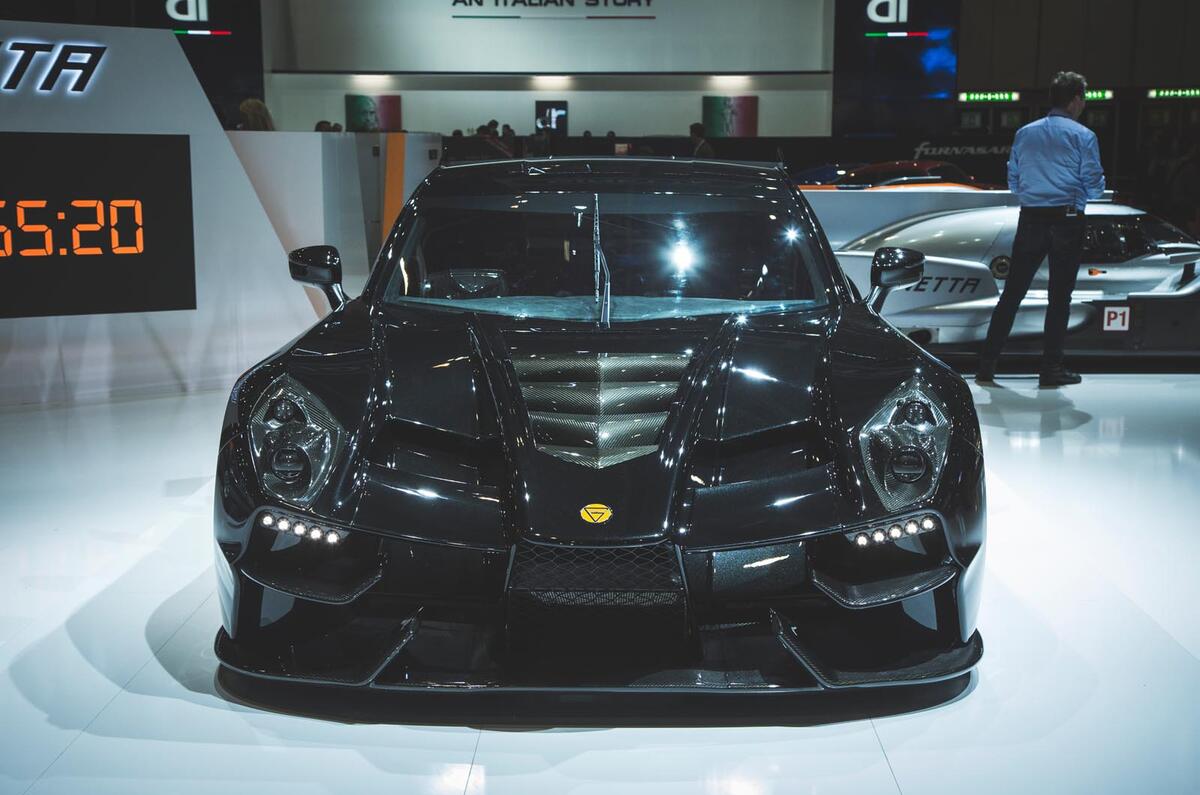


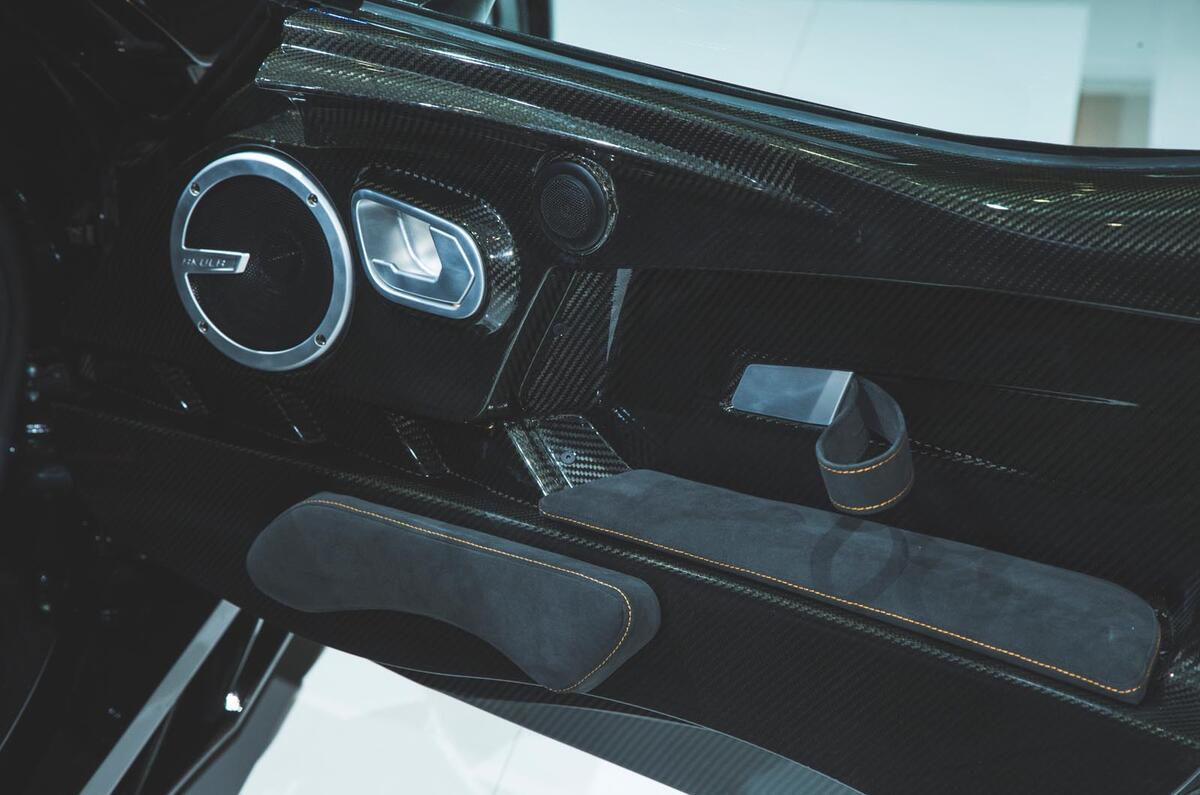
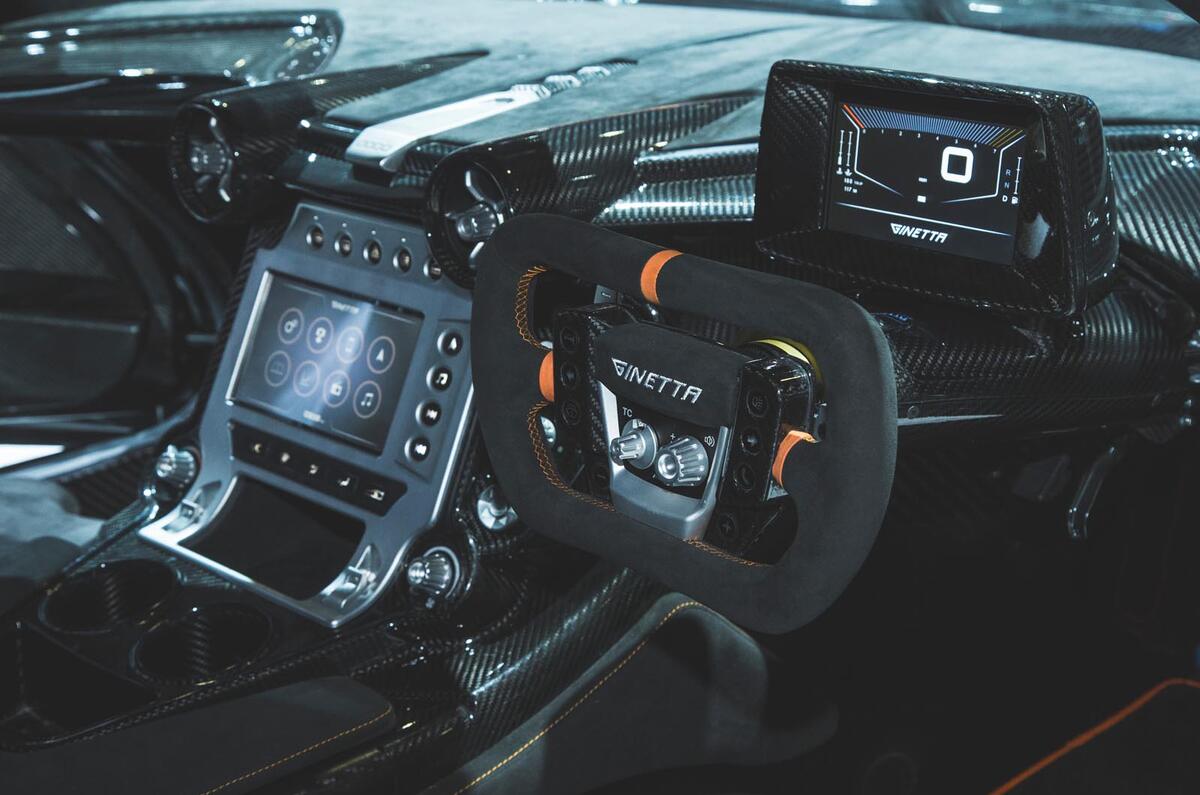









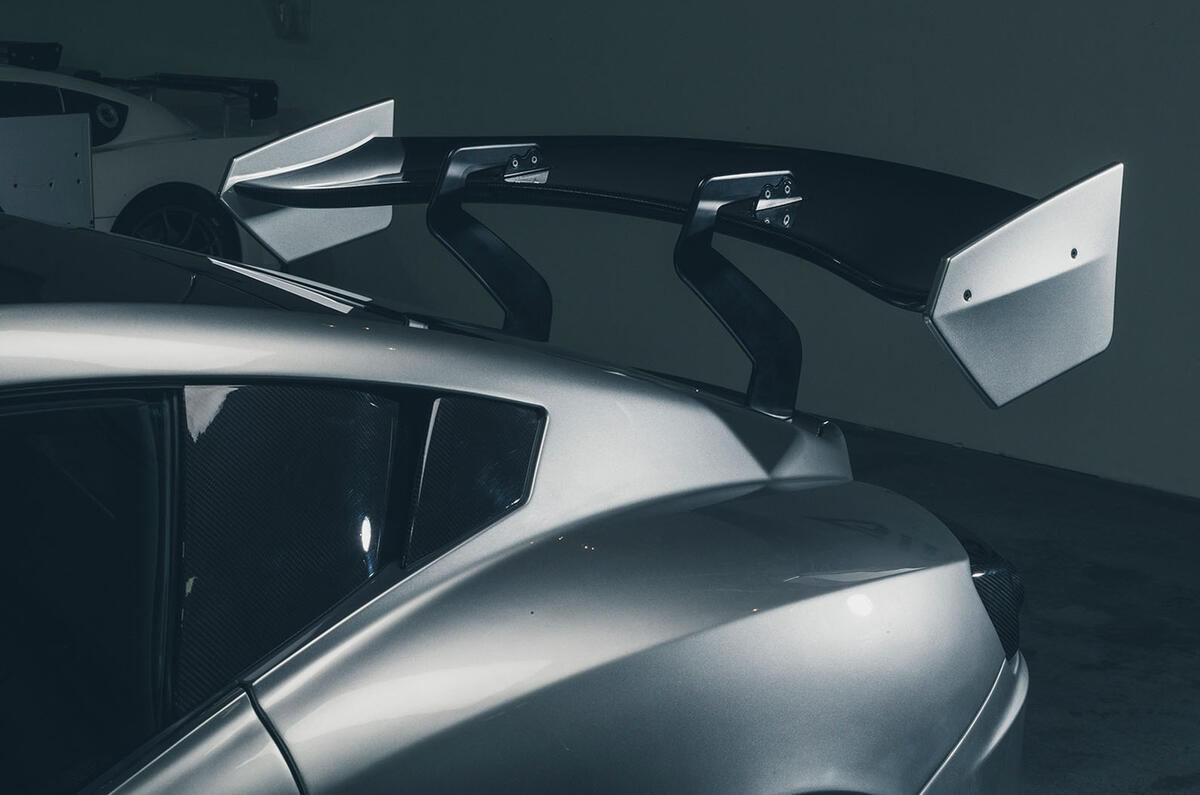




















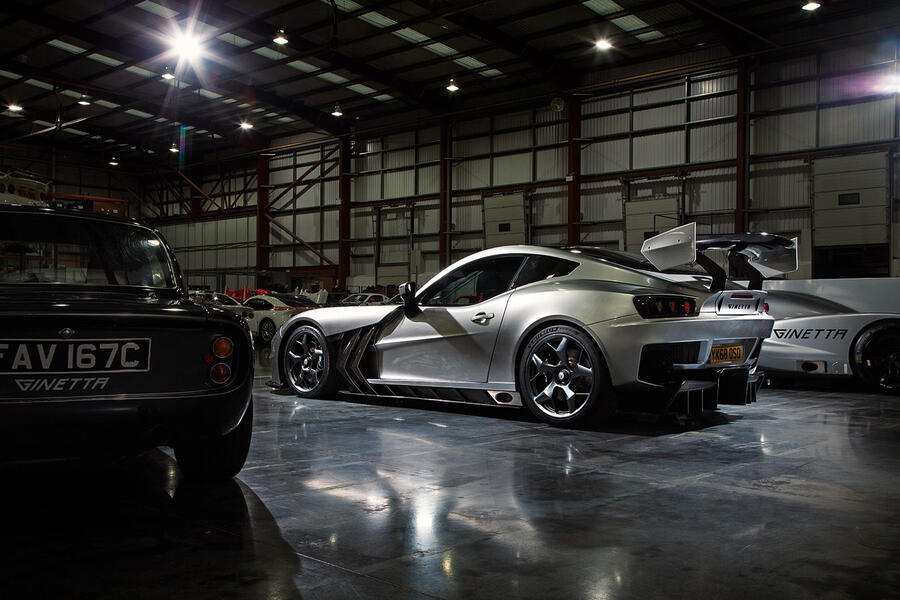







Join the debate
Add your comment
Only 1050 kg?, why not give it Porsche Taycan power?, you know?, instead of ICE power, how about EV power?, would still be reasonably light, and just as quick.
If you watch the BTCC the Ginetta support races are an embarrassment. Tatty kit cars gradually falling to pieces and you could take most of them home in a bin bag. Garden shed engineering at its worst.
German cars lol
Cmon people, why can’t we just applaud and celebrate a British attempt at competing with the rest of the world. Maybe could have used a Chevrolet LS V8 to save costs. But styling is at least unique, if not to everyone’s taste. I wish them well